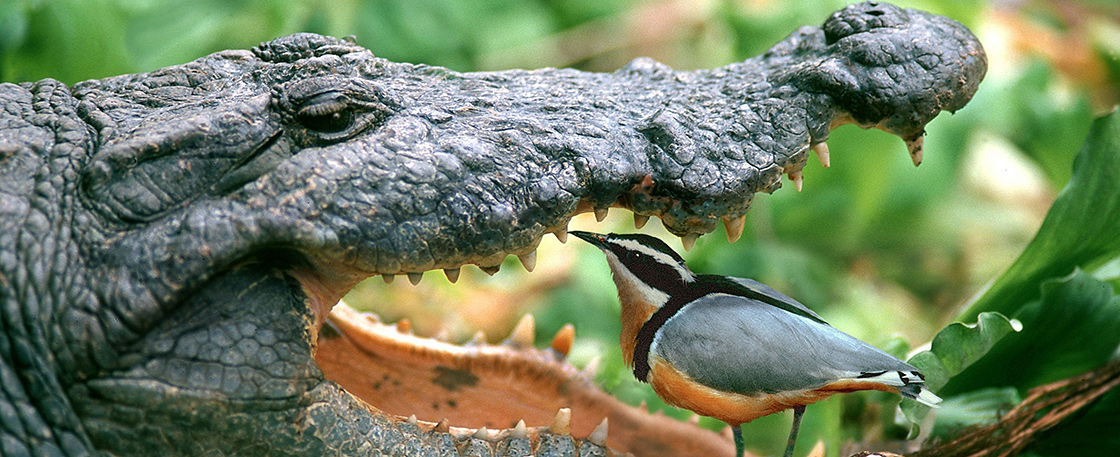
For my final reflection of this module, I am going to talk about the main sections of the module and explain my thoughts on each section and the benefit of these sections regarding future employment.
Scientific seminars:
The purpose of this section of the module was to attend at least six seminars based on a wide range of scientific seminars that were hosted almost every Friday afternoon. Having these seminars hosted on almost every Friday was fantastic, as it gave us lots of time to schedule around, and also meant the variety of topics given throughout the year was vast. We were advised to attend seminars on topics that we were not familiar with, so as to broaden our scientific knowledge, and enable us to understand areas of employment that we may not have considered previously. This was an approach I took, and I actually found it incredibly useful and interesting to attend seminars presented by lecturers from different universities that were working on projects that I would never have considered prior to attending the seminars – some of which are certainly interesting.
In general, I found the talks to be very well presented, with the speakers for each seminar being engaging and very interested in the topic which they were presenting, which reflected on the audience and made it interesting to listen to.
Christian Dunn’s lectures:
I found Christian’s section of the module to be the most ‘eye-opening’ as the section was based around using social media to enhance your employability via the writing of blogs – such as this one, as well as using social media profiles to raise your own profile. Christian gave tips particularly on blog writing – which have hopefully been realised through this bog – and tips around raising your own search engine rating and setting up social media profiles in a professional way.
The creation of a professional twitter allows you to network with other individuals and companies which allows you to engage with others that are also interested in the same topics as you, and potentially opens up opportunities in the future.
The tips given by Christian were certainly very useful regarding employability, and I am sure that the creation of a professional social media profile in the future will prove to be very useful. Christian’s experience in this area was apparent, and his enthusiasm in this area was clear, which helped to make this section of the module engaging and interesting.
CV writing:
This section was presented by Clare Brass and was designed to refine our CV writing skills by highlighting common mistakes and teaching us what information is important for the CV, and what is unnecessary. Clare gave a wide variety of tips that I will implement in any future CV writing that I do, particularly formatting techniques. Clare also gave us useful information regarding websites that are advertising jobs based in the biology and zoology area, as well as instructing us about some employers choosing against advertising through agencies, and rather advertising through their own website / social media for more specialist roles. This was very useful information to me, and was something that I hadn’t thought of previously, as I would have only looked for jobs through these agencies.
Additionally, the workshop based around the assessment centre was useful because it again gave me a number of tips that I wouldn’t have otherwise considered and being able to interview others during the workshop was a very useful experience, allowing me to understand what an interviewer expects from the interviewee.
My only complaints with this section of the module from a personal point of view would be the length of this section, as I feel that the lectures could have been condensed.
Chris Walker’s business and entrepreneurship:
This was the section of the module that I personally enjoyed the most, as starting a business is something I have been interested in since a young age and being given a model plan and advised in the ways presented by Chris was very interesting and forced me to think of factors that I wouldn’t have otherwise considered. Should I decide to start a business in the future, be it biology based or not, I am certain that I will come back to the plan presented by Chris, and take into consideration all of the tips that he gave.
The lectures presented by Chris – whilst informative and interesting – were probably a bit too long considering the amount of content that was present in each session, just like Clare’s session, I believe it would also be possible to condense this portion of the module.
Overall
Overall, I certainly believe that this module was very useful. The writing of a blog in this style is something that I have never considered before, but writing in this style has been a change of pace and something that I have enjoyed, and may continue in the future.
I have learned a lot of tips throughout this module, with highlights being using social media to increase your own employability, and how to bring a business idea to life using a well thought out plan. Additionally, the tips presented by Clare were very useful, and I hope that they will help to make my CV stand out from the other candidates.
My only criticism for this module would be the length of the CV writing lectures and the business plan lectures, with my personal opinion being that they could have been condensed, but this may be because of previous lectures being given to me on these topics, making it feel as though many tips were being unnecessarily repeated.






















